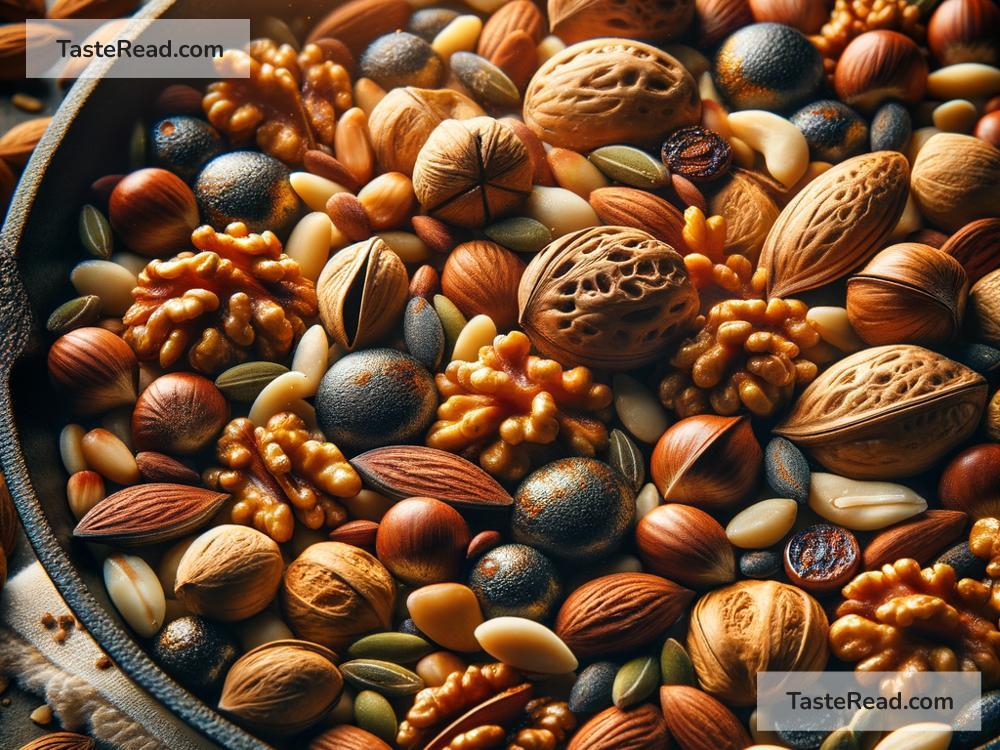How to Toast Nuts and Seeds for Added Crunch and Flavor
When it comes to cooking, it’s often the little touches that make a big difference. One simple technique that can elevate your meals is toasting nuts and seeds. This process brings out a deeper flavor and adds a satisfying crunch that can transform ordinary dishes into extraordinary ones. If you’re new to this technique, you’re in for a treat. Here’s how to toast nuts and seeds to add an extra layer of texture and taste to your cooking.
Why Toast Nuts and Seeds?
Before diving into the “how,” let’s touch on the “why.” Toasting nuts and seeds intensifies their natural flavors and adds a delightful crunch, making them more appealing and enjoyable. It’s a quick and easy step that can make a noticeable difference in salads, baked goods, or even when enjoying them as a snack. Moreover, this process makes them slightly easier to digest for some people.
Methods of Toasting Nuts and Seeds
There are several methods to toast nuts and seeds, including using an oven, a stove-top skillet, or even a microwave. Each method has its advantages and can be chosen based on convenience or personal preference.
1. Using the Oven
The oven method is great for toasting large batches and provides an even, consistent toast.
- Preheat your oven to 350°F (175°C).
- Spread your nuts or seeds in a single layer on a baking sheet. There’s no need to oil the pan since the nuts and seeds contain natural oils.
- Toast in the oven for 5 to 10 minutes. The time can vary depending on the nut or seed type – almonds might take longer than pumpkin seeds, for example. Be sure to shake the tray or stir halfway through for even toasting.
- Keep a close eye on them, as they can go from perfectly toasted to burnt quickly.
- Once they’re golden and fragrant, remove them from the oven. Allow them to cool before using.
2. On the Stove-Top
For quicker toasting and more control, use a skillet on the stove-top.
- Place a dry skillet (no oil needed) over medium heat.
- Add nuts or seeds in a single layer. Avoid overcrowding, as this can lead to uneven toasting.
- Stir frequently with a spatula to ensure even toasting and to prevent burning.
- It usually takes around 3 to 5 minutes for them to be adequately toasted. Once they turn golden and smell nutty, they’re done.
- Remove them from the pan immediately to stop the toasting process.
3. Using the Microwave
If you’re in a rush, the microwave can come to the rescue, although this method doesn’t provide quite the same level of flavor as the others.
- Spread your nuts or seeds on a microwave-safe plate in a single layer.
- Microwave them in 30-second intervals, stirring between each burst to prevent burning. It might take 2 to 4 minutes in total.
- Be cautious, as they can become too hot to handle immediately after microwaving.
Tips for Toasting Nuts and Seeds
- Watch closely: Nuts and seeds can quickly go from toasted to burnt. Keep an eye on them, especially during your first few attempts.
- Cool before using: Allow your toasted nuts and seeds to cool fully before adding them to your dishes. This prevents unwanted sogginess and ensures the best texture.
- Season if desired: While toasting enhances their natural flavor, you can also sprinkle a little salt or spice after toasting for an extra kick.
Enjoying Your Toasted Nuts and Seeds
Now that you’ve mastered the art of toasting nuts and seeds, it’s time to enjoy them. Sprinkle over salads for a crunchy contrast, blend into your pesto for a deeper flavor, toss into your morning oatmeal, or simply snack on them as they are. Toasted nuts and seeds can also add a wonderful texture and flavor to homemade bread, biscuits, and cookies.
Incorporating toasted nuts and seeds into your cooking not only boosts the nutritional content of your dishes but also enhances them with rich flavors and irresistible crunch. Whether you prefer the oven, stove-top, or microwave method, adding this simple step to your culinary routine is sure to impress. Happy toasting!


